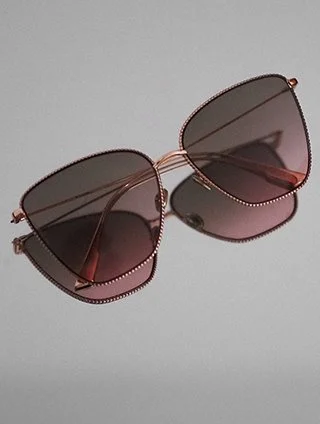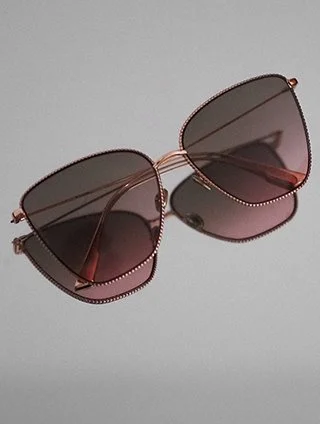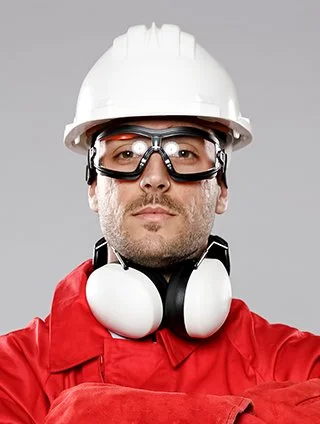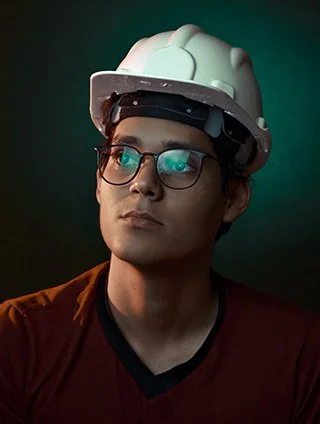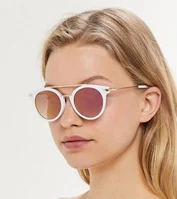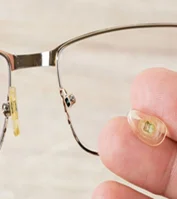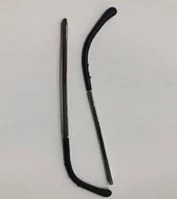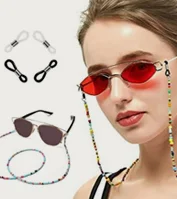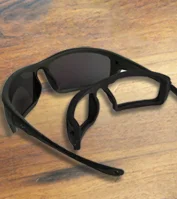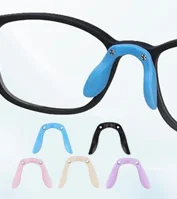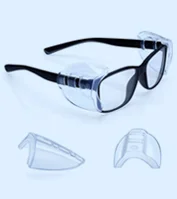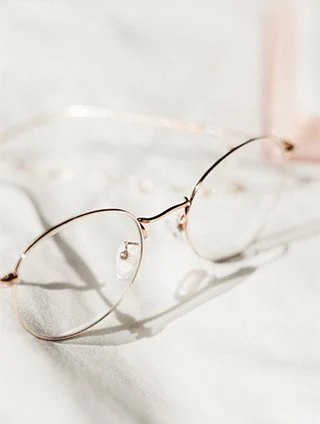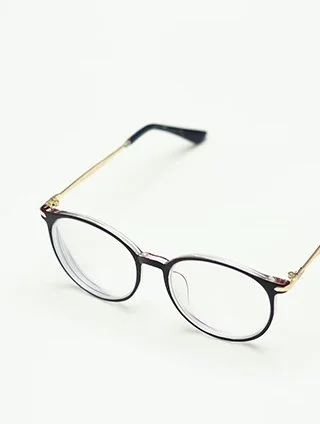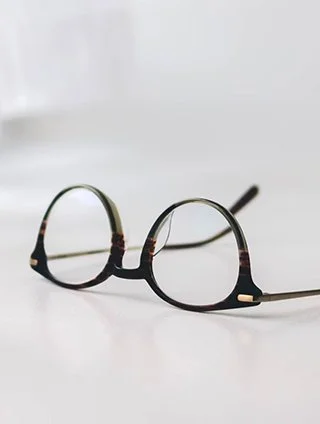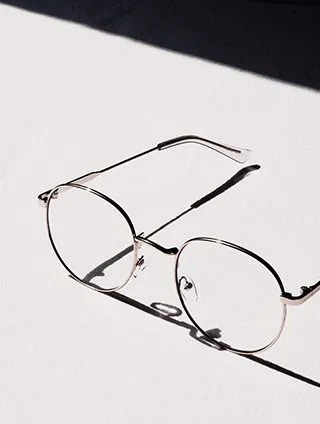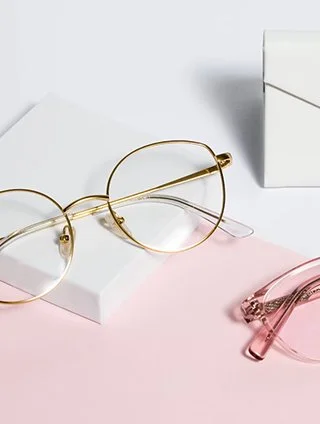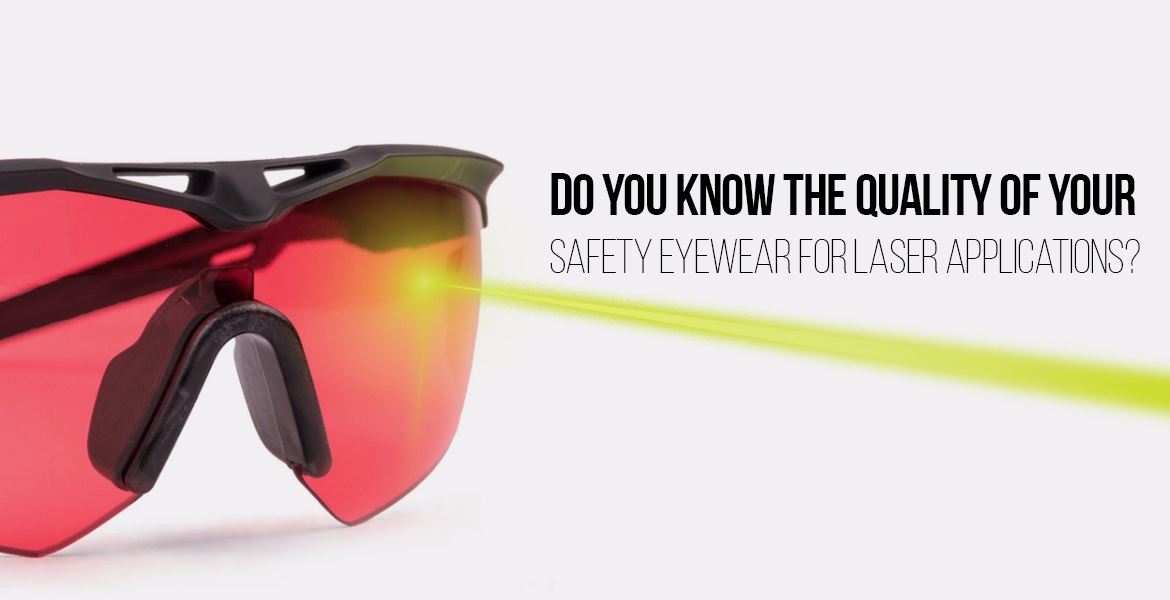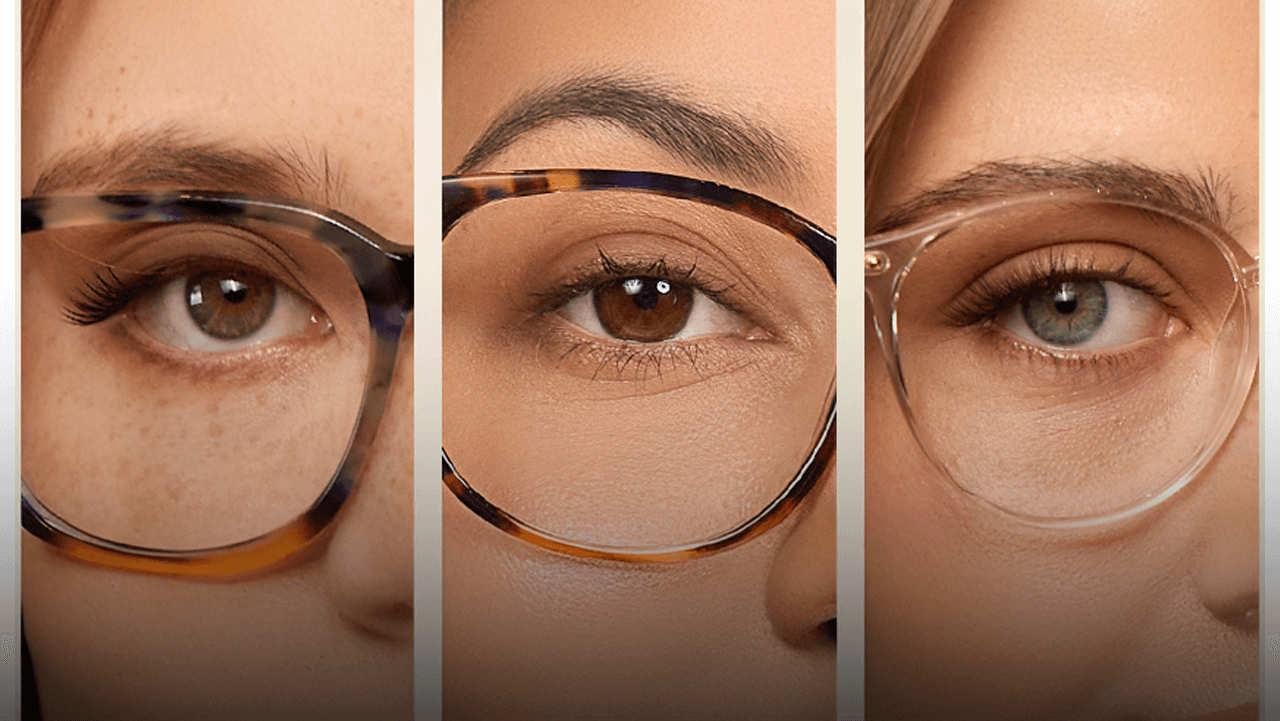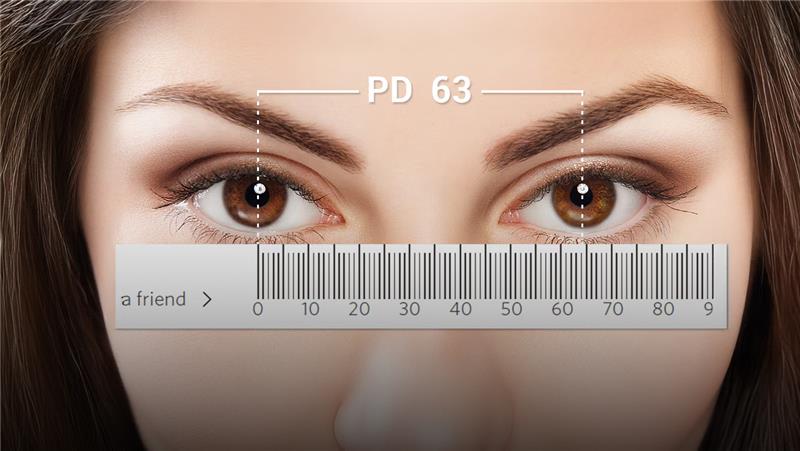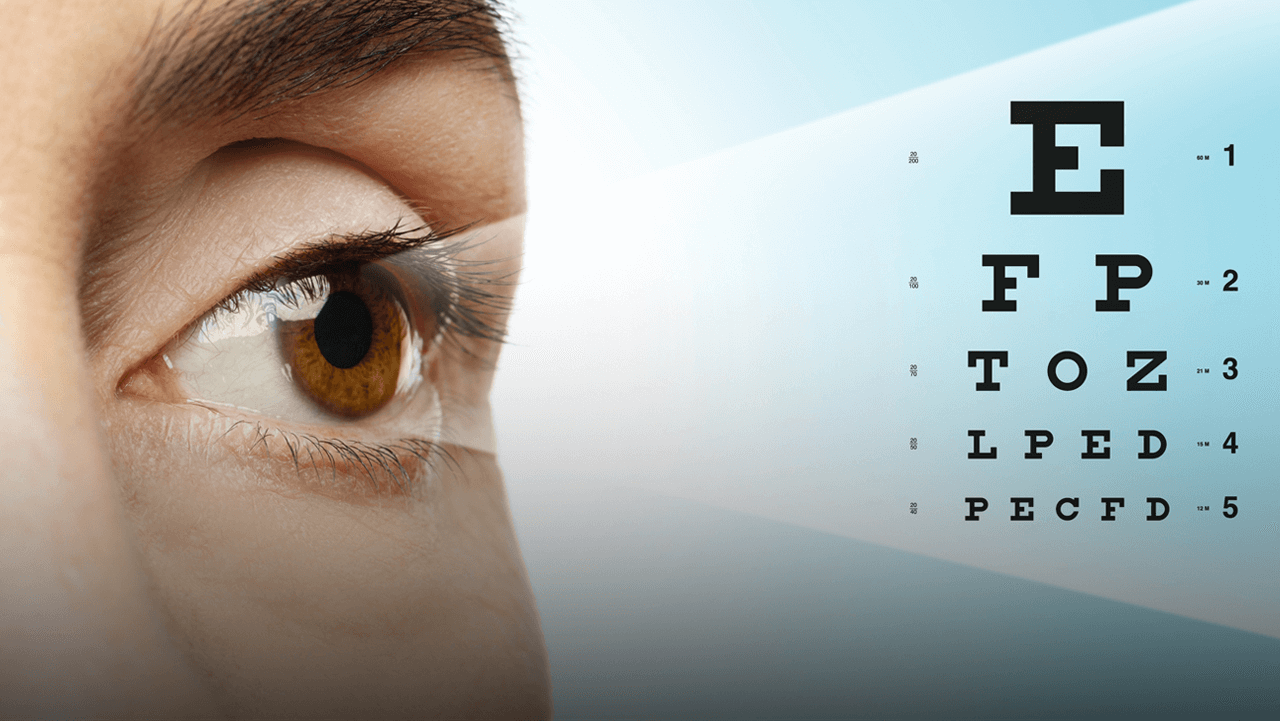Buying new safety eyewear for laser application is not as simple as other equipment. Your company standard can change with time and you have to meet that standard. Continuous development in the safety specs for laser application means better options are available in the market. But safety glasses for lasers need technical specifications. Read these quick guides that will help to find out the best safety specs for lasers. And we hope you will find these guides very helpful.
Meet the OSHA Regulations:
Eyes protection is necessary for working with laser applications and no doubt is a very sensitive issue. All users have protective eyewear that must be authorized by federal regulations. OSHA the Occupational Safety and Health Administration have standardized many regulations for work safety and employee equipment. OSHA adopts and enforces the standards of ANSI for safety glasses.
Difference Between OSHA and ANSI:
OSHA sets rules and follows strictly those safety standards. While ANSI the American National Standards Institute makes the standards with which eyewear are rated. OSHA instructs that safety eyewear used at the workplace must meet the standard of ANSI Z87.1. ANSI makes decisions on technical specifications to meet the standards.
What Standard You Should Look into Your Protective Eyewear:
All ANSI standards are organized by topics. For example, if you are looking for RX safety glasses for laser applications, it must be ANSI Z136. All laser safety glasses that are under ANSI Z87.1 are specified for the eyes and face. You must buy according to the category that you need. Older gear might have ANSI Z87.1-2003 that was embellished on the side mean match this minimum standard. Moreover, the ANSI standard was upgraded in 2010 and 2015. If a company is updating safety eyewear, see the standard of 2015 so that you can stick to long-term investment.




